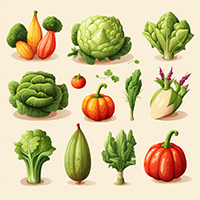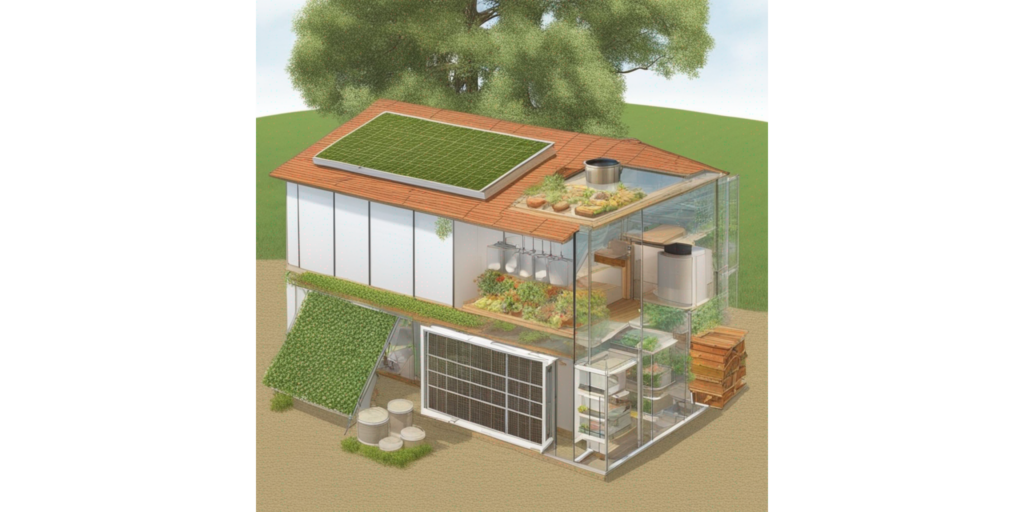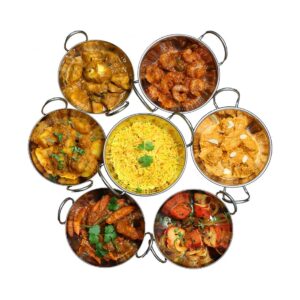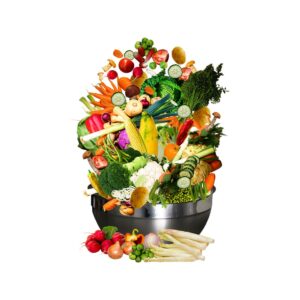

However, as we navigate the complexities of our fast-paced society, the concept of self-sufficiency is more relevant than ever. Embracing self-sufficiency not only empowers individuals to take control of their lives, but it also fosters sustainable living and resilience in the face of unforeseen challenges.
The importance of self-sufficiency
Self-sufficiency is the ability to meet one’s own needs without relying on external assistance. In today’s interconnected world, it’s easy to become reliant on external sources for our everyday needs. From food and water to energy and healthcare, many aspects of our lives are dependent on external systems. However, embracing self-sufficiency allows individuals to become more independent and capable of providing for themselves, even in the face of disruptions to these external systems.
Resilience in the face of challenges
Embracing self-sufficiency is about more than just being independent—it’s also about building resilience. When individuals are self-sufficient, they are better equipped to handle unexpected challenges and disruptions. For example, during times of natural disasters or other emergencies, those who are self-sufficient are able to rely on their own resources and skills to survive and recover. This was evident in the case of Hurricane Katrina, where those who were self-sufficient were better able to weather the aftermath of the storm.
Sustainability and environmental impact
Self-sufficiency also plays a crucial role in promoting sustainability and reducing our environmental impact. By producing our own food, generating our own energy, and minimizing our reliance on external resources, we can reduce the strain on the planet’s ecosystems. For example, individuals who grow their own food not only reduce their carbon footprint by minimizing the transportation of goods, but they also contribute to biodiversity by supporting local ecosystems.
Practical applications of self-sufficiency
Embracing self-sufficiency can take many forms, and there are various areas of life where individuals can work towards becoming more self-sufficient.
Food production
-
- Grow your own fruits and vegetables in a backyard garden or on a small-scale farm
-
- Raise chickens for eggs and meat
-
- Learn to forage for wild edibles
Energy independence
-
- Install solar panels for renewable energy production
-
- Explore off-grid living options, such as wind or hydro power
-
- Invest in energy-efficient appliances and practices to reduce overall energy consumption
Basic survival skills
-
- Learn first aid and basic medical skills
-
- Develop wilderness survival skills, such as shelter building and fire starting
-
- Practice food preservation techniques, such as canning and drying
Case studies and examples
There are numerous examples of individuals and communities embracing self-sufficiency with inspiring results. For instance, the Dervaes family in Pasadena, California, has transformed their urban homestead into a self-sufficient oasis, producing an abundance of fruits, vegetables, and even raising goats and poultry for food. Their commitment to sustainability and self-sufficiency has not only allowed them to live more independently, but it has also inspired others to follow suit.
Another example comes from the community of Transition Town Totnes in the United Kingdom. This community-led initiative focuses on building resilience and self-sufficiency in the face of climate change and other challenges. Through various projects, including community gardens, renewable energy installations, and local currency systems, Transition Town Totnes has demonstrated the power of collective action and self-sufficiency in creating a more resilient future.
Conclusion
Embracing self-sufficiency in the modern world is about reclaiming control over our lives and the resources we depend on. By fostering individual and community self-sufficiency, we can build resilience, reduce our environmental impact, and create a more sustainable future. From growing our own food to generating our own energy, there are countless ways to embrace self-sufficiency and take the first steps towards a more empowered and resilient lifestyle.
 Docs
Docs
 Support
Support





















 Home
Home  Whishlist
Whishlist  Cart
Cart 

















